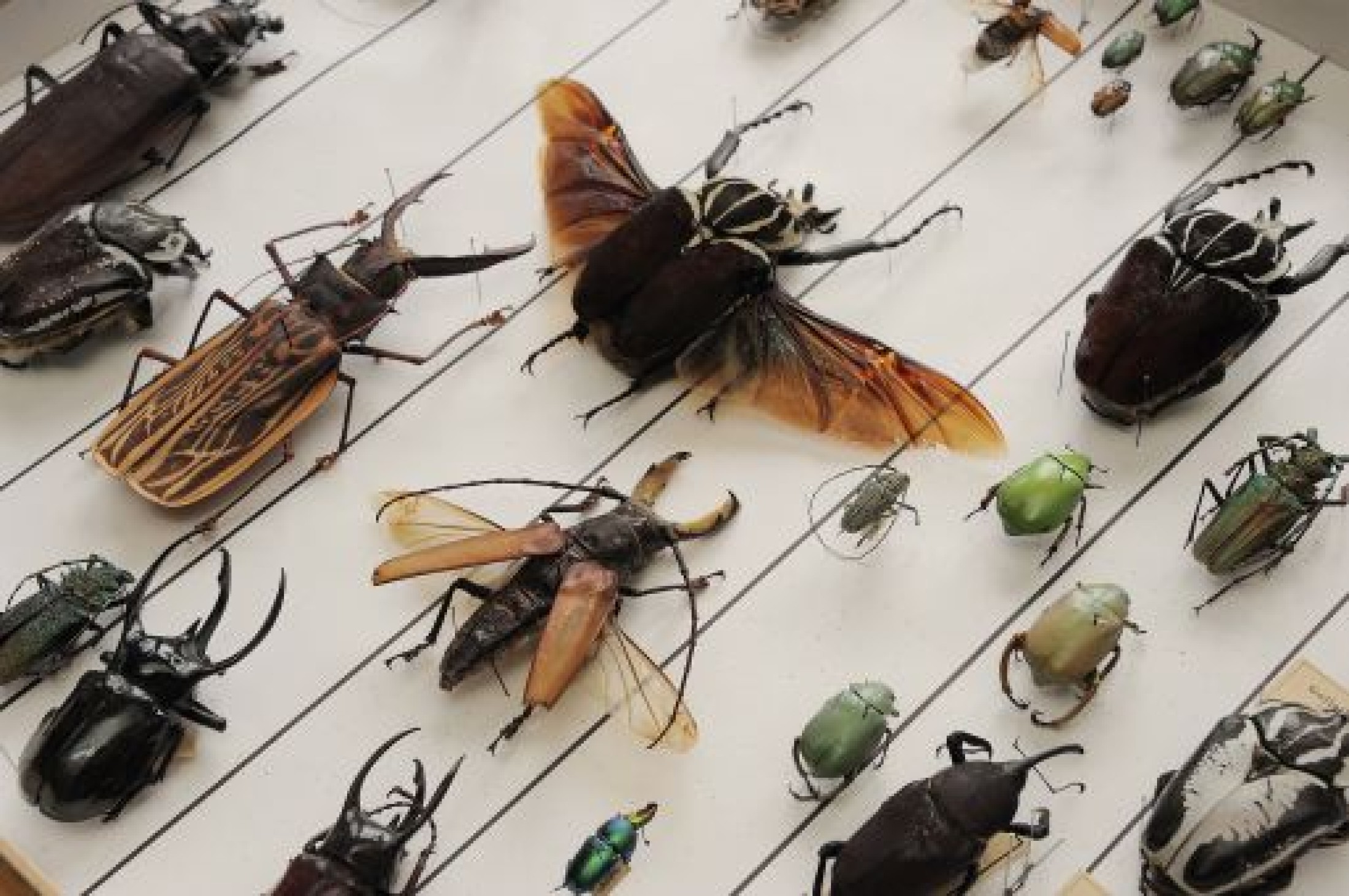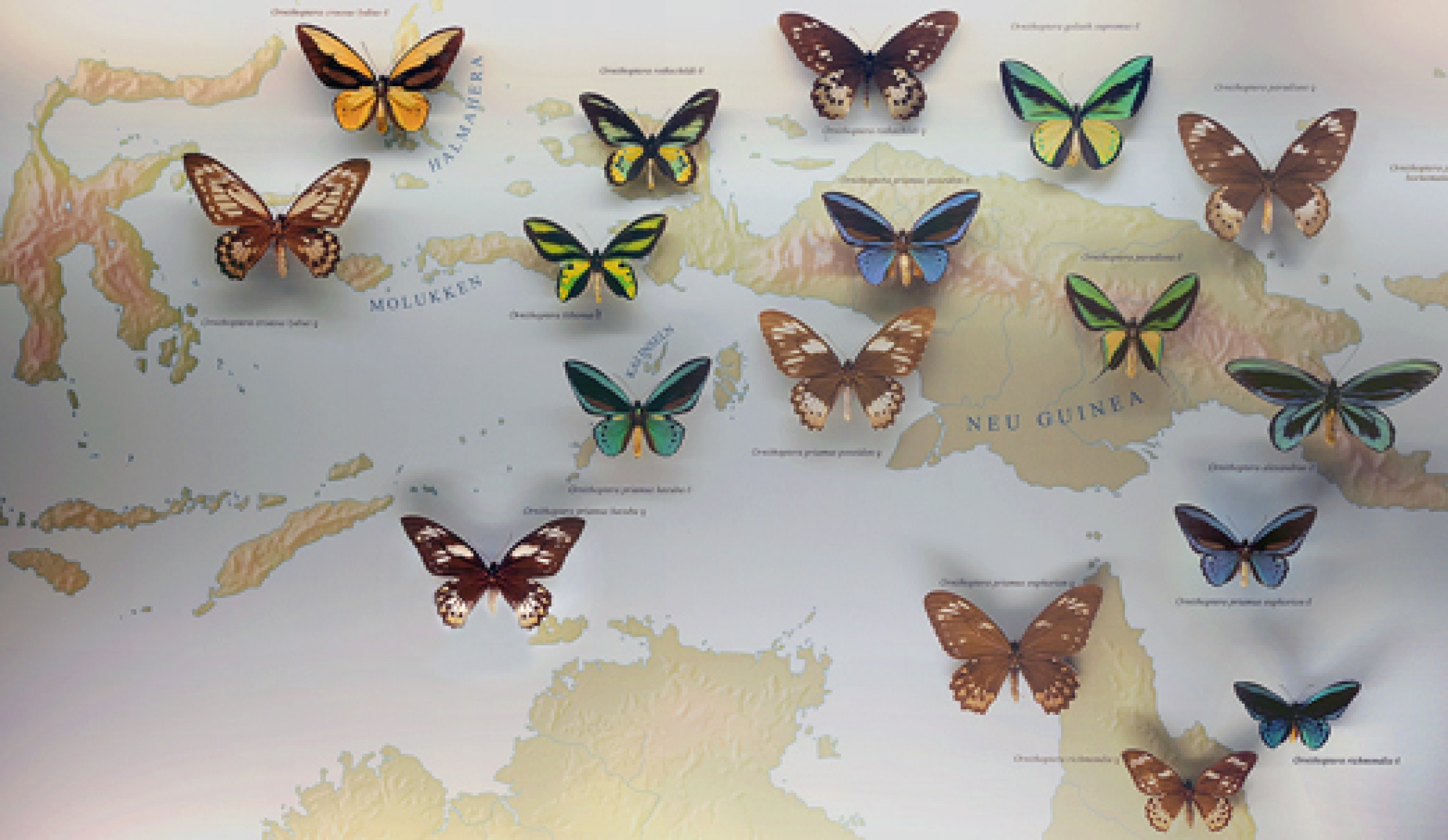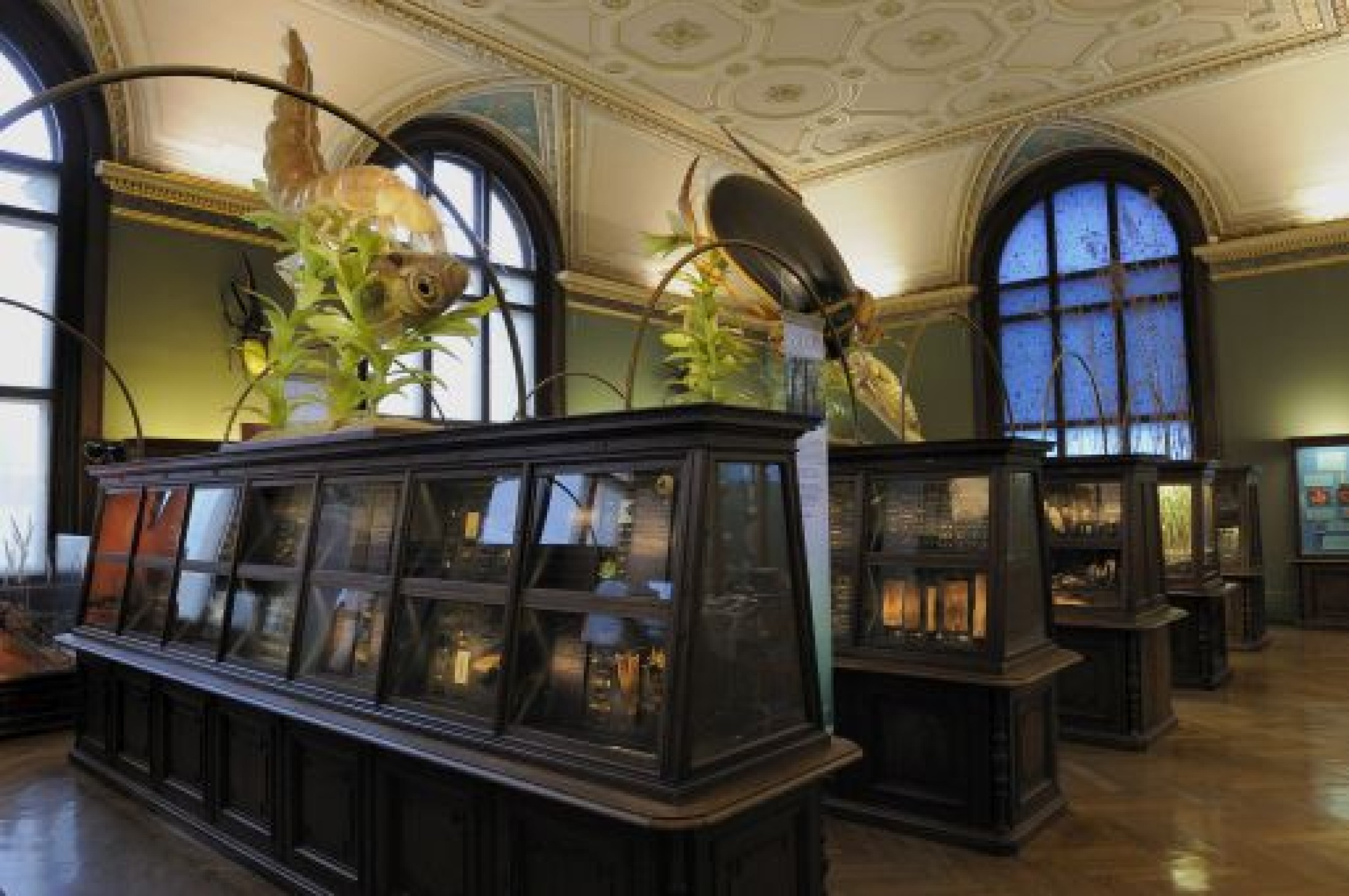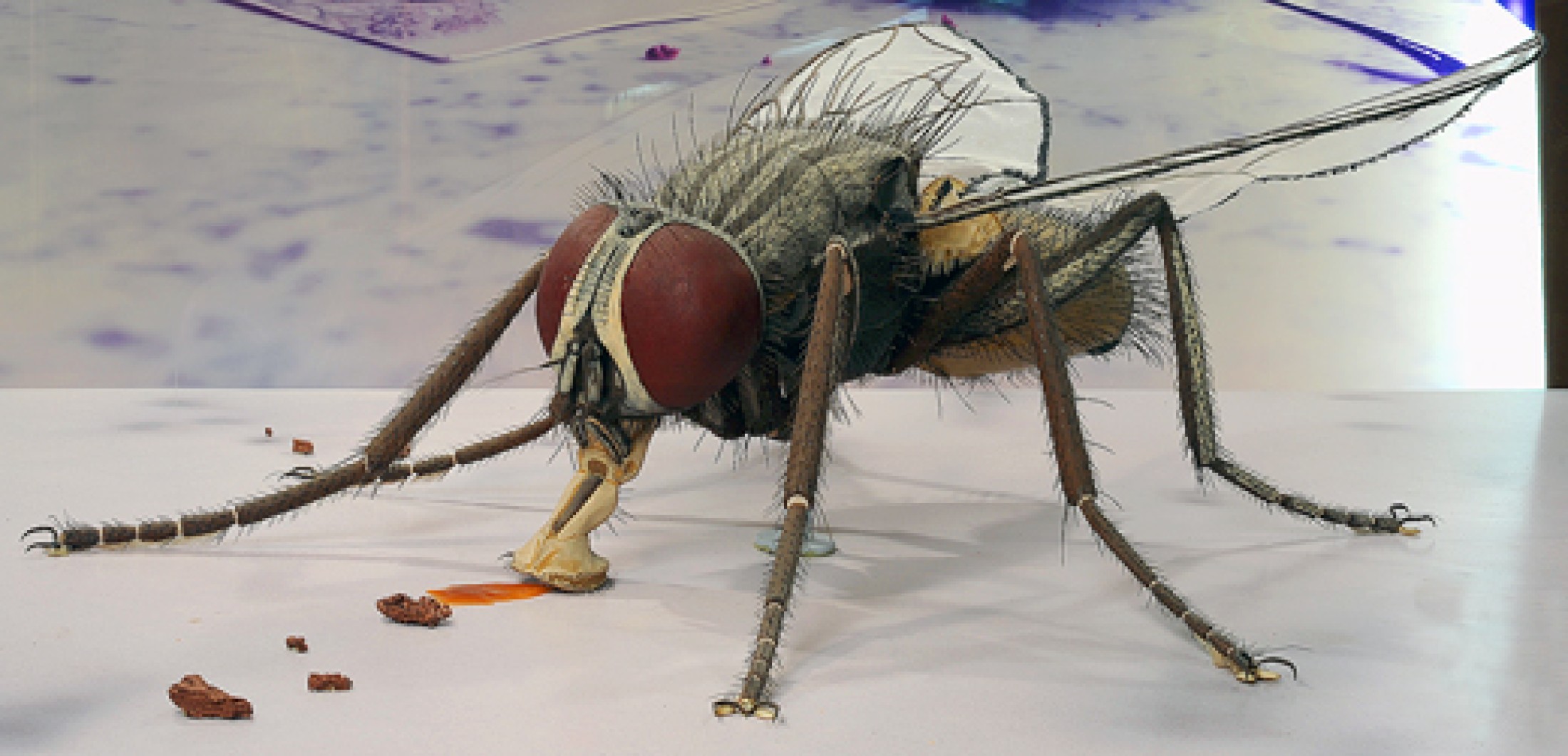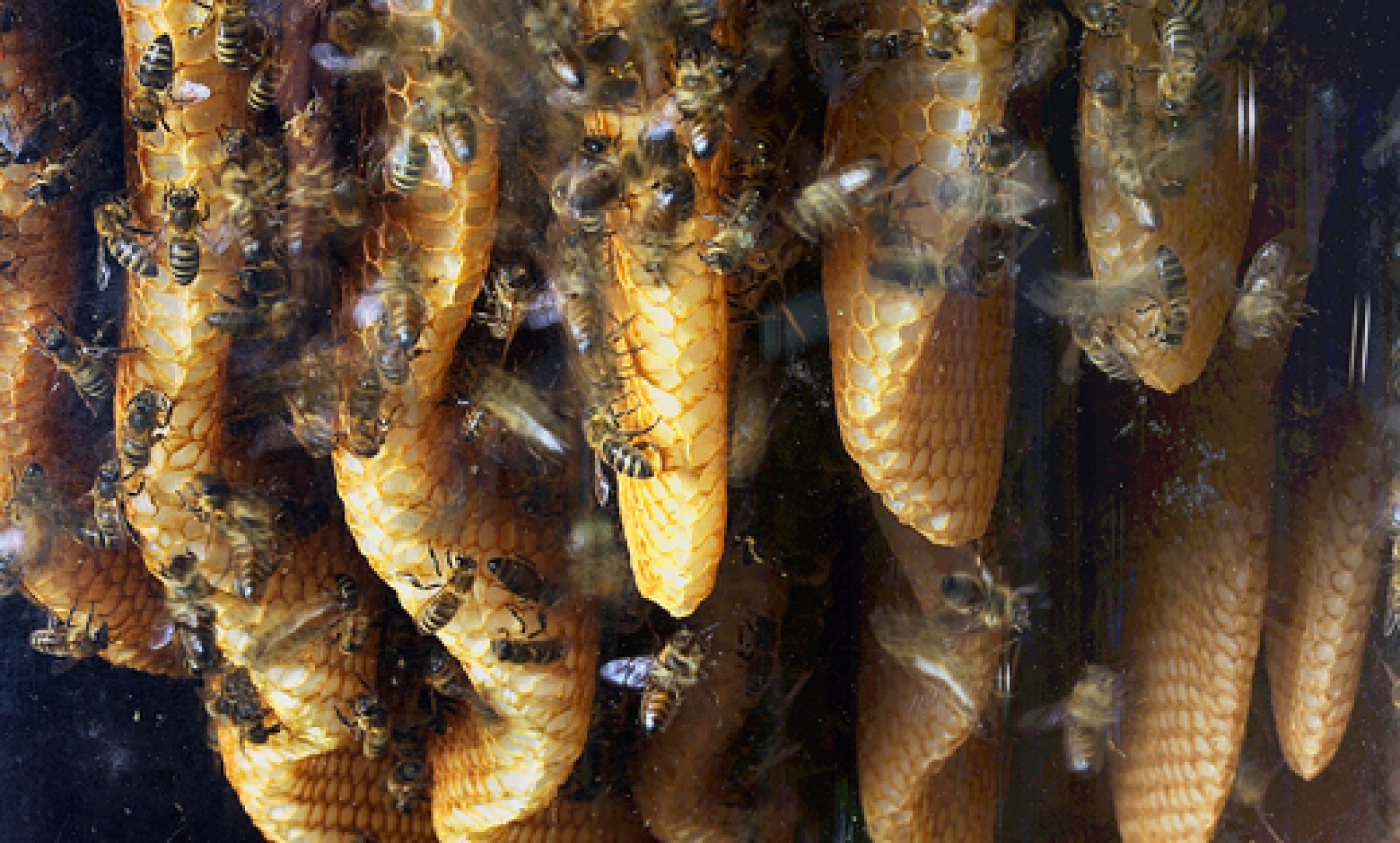The Collection
Arthropods comprise hexapods (insects), myriapods, arachnids and crustaceans. Their common features are an exoskeleton, a
division of their bodies and special extremities.
The collection of the NHM Vienna houses more than 12 million individuals in the (non-public) collections. A few thousand of those are on display, which is less than 1% of the scientific collection.
The scientific collection of myriapods of the NHM Vienna is one of the three largest collections in the world.
The collection of the NHM Vienna houses more than 12 million individuals in the (non-public) collections. A few thousand of those are on display, which is less than 1% of the scientific collection.
The scientific collection of myriapods of the NHM Vienna is one of the three largest collections in the world.
